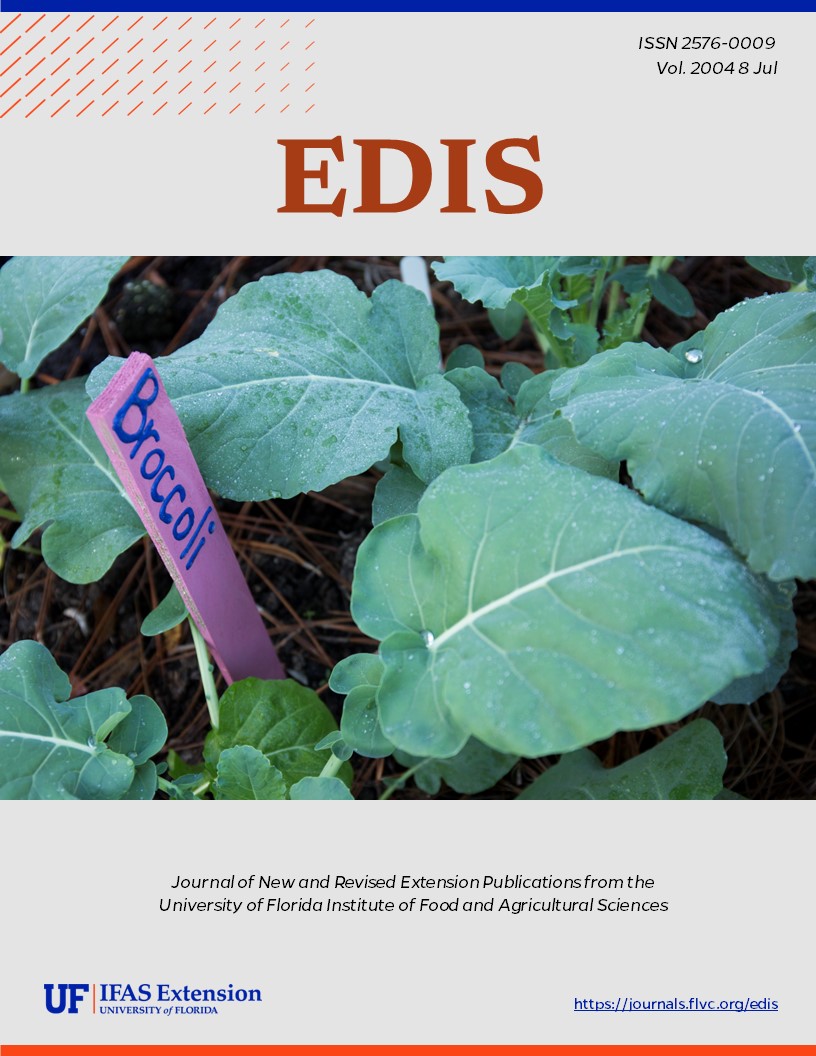Abstract
In 1986, USDA/ARS scientists at the Invasive Plant Research Laboratory in Fort Lauderdale started a classical biological control program against melaleuca. The scientists recently released two insects as part of that program; the melaleuca weevil (Oxyops vitiosa (Coleoptera: Curculionidae)) and the melaleuca psyllid (Boreioglycapsis melaleucae (Hemiptera: Psyllidae)). This publication discusses the current distribution and dispersal rate of the weevil since in its introduction. This document is ENY-701, one of a series of the Entomology and Nematology Department, Florida Cooperative Extension Service, Institute of Food and Agricultural Sciences, University of Florida. Publication date: March 2004.
References
Serbesoff-King, K. 2003. Melaleuca in Florida: A literature review on the taxonomy, distribution, biology, ecology, economic importance and control measures. Journal of Aquatic Plant Management 41: 98-112.
Pratt, P. D., D. H. Slone, M. B. Rayamajhi, T. K. Van and T. D. Center. 2003. Geographic distribution and dispersal rate of Oxyops vitiosa (Coleoptera: Curculionidae), a biological control agents of the invasive tree Melaleuca quinquenervia in South Florida. Environmental Entomology 32: 396-406. https://doi.org/10.1603/0046-225X-32.2.397
Center, T. D., T. K. Van, M. Rayachhetry, G. R. Buckingham, F. A Dray, S. Wineriter, M. F. Purcell and P. D. Pratt. 2000. Field colonization of the melaleuca snout beetle (Oxyops vitiosa) in south Florida. Biological Control 19: 112-123. https://doi.org/10.1006/bcon.2000.0856
Unless otherwise specified, articles published in the EDIS journal after January 1, 2024 are licensed under a Creative Commons Attribution-NonCommercial-NoDerivs 4.0 International (CC BY-NC-ND 4.0) license.

